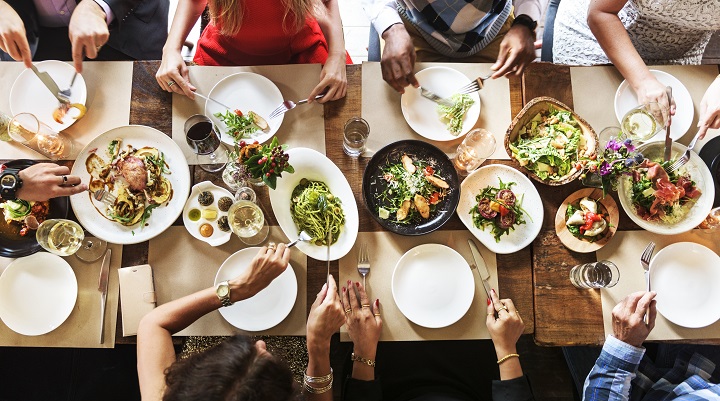The curse of the zombie restaurants: F&B sector must retrench or re-invent to remain profitable
Andrew McGregor, Retail & Leisure Partner, challenges an article printed in the Sunday Times ( October 15th) - 'Curse of the zombie restaurants' - which overly and erroneously paints a picture of doom and gloom in the F&B sector.
3 minutes to read
In 2016, the estimated leisure spend in the UK was £200 billion and accounted for approximately 20% of the total consumer spending per head of population. That’s £1 in every £5 channelled into leisure. Of that proportion, nearly 50% of it is classed as eating or drinking out of home. Might we argue that leisure is part of the fabric of life, and is a right, not a luxury.
We are not suggesting that all is rosy in the garden. The industry, and especially the F&B sector, faces unprecedented challenges of cost inflation at a time when sales growth is difficult to achieve.
This 'wall of costs' include food price inflation (partially given the currency devaluation for imported goods); business rate increases in some of the larger cities in the UK (including Birmingham, Manchester and Newcastle) and as much as 20% increases in London; minimum wage rise from £7.20 per hour to £7.50 per hour and a sugar tax applied to fizzy drinks.
All this before the potential fallout from Brexit, and the impact of replacing foreign workers with more “home grown” talent.
We accept that many of these costs are totally outside the control of the operator, and therefore where they are able to influence costs through closing less viable stores, or perhaps seeking rent reductions, they will seek such measures.
The responsibility to attract customers is now two-fold; firstly, the scheme or location from which they trade. More and more of the casual dining restaurant brands such as TRG, Byron, Pizza Express and Prezzo, as mentioned in the Sunday Times article, are now represented in shopping centres, retail parks and destination leisure schemes.

The owners & developers of these schemes must create an environment which is safe, convenient and exciting; secondly, the operators need to respond to increasingly demanding customers who want good value for 'time and money'.
If we were to be critical of some casual dining brands - they can be very formulaic and do not adapt to the nuances of a particular location and/or demographic.
We would also suggest that the brands which seem to be performing best, are those where the offer is clear e.g Byron Burgers, Nandos and Wagamama.
In terms of operator innovation, and a fight back against challenging trading conditions, we expect to see more of the following:
- Tablet / screen base ordering and payment (we understand McDonalds found that pre-order screens not only reduced staff costs, but customers ordered more food and drink).
- Links to social media and technology will be critical, offering pop up sales, links to booking facilities and links to other products such as movies etc (e.g. #bellawimpykid) and smart TV apps linking food delivery when ordering a “pay to view” movie at home.
- Expect to see more of the larger F&B brands increasing their delivery capability – Nandos already testing their own home delivery, rather than relying on a 3rd party.
- Refurbishment of existing estates e.g Pizza Hut are now close to complete refurb of their entire estate.
We expect both operators and owners to respond to the consumer challenge – keep it fresh, modern and interesting, and they will come……